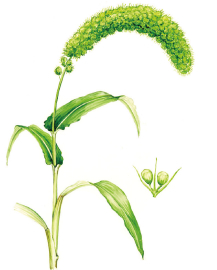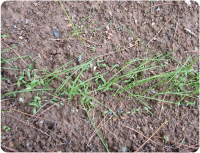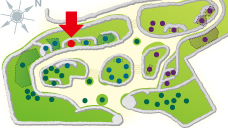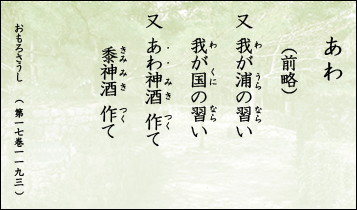Traditional Okinawa Village and Omoro Arboretum
Setaria italica
General description

| Omoro name | Awa |
|---|---|
| Japanese name | Awa |
| Family name | Poaceae |
| Okinawan name | Awa |

Location within the park

Characteristics
Setaria italica is an annual herb that is mainly grown on farmland with a stem standing about 3.3 – 4.9 ft. straight up from the root. Some presume that the foundation stock of Setaria italica is Setaria viridis. There is a type of Setaria italic with small ears called Setaria italica var. germanica, which is difficult to distinguish between Setaria viridis. Setaria italica was grown as a valuable food source because of the fact that it is tough against desiccation and grows in any type of soil. Therefore, it can be grown in a wide range of environments from cold regions to warm regions, and furthermore, its life is fairly short, about 100 days. Its place of origin is believed to be somewhere between northwest India to Central Asia, and is assumed to have spread to both the east and west from this region. It is one of the oldest cultivated plants in Japan, and according to records, it came to Japan via North Korea.
Utilization
【fruit】 : For food, Alcohol Brew, Feed for small birds, Treatment for rash
Best Time To See Calendar

Omorosaushi (1193 of Volume 17) Awa

Meaning of the song
The child of Hedo is refined, hence eats rich laver.
Since the area around our hometown is well-suited for seaweed, we get to savor fine laver.
Because Hedo is a community with good quality land, let’s make sacred sake with abundantly harvested Setaria italic and Panicum miliaceum, and offer them to god along with rich laver and pray for a good harvest.








